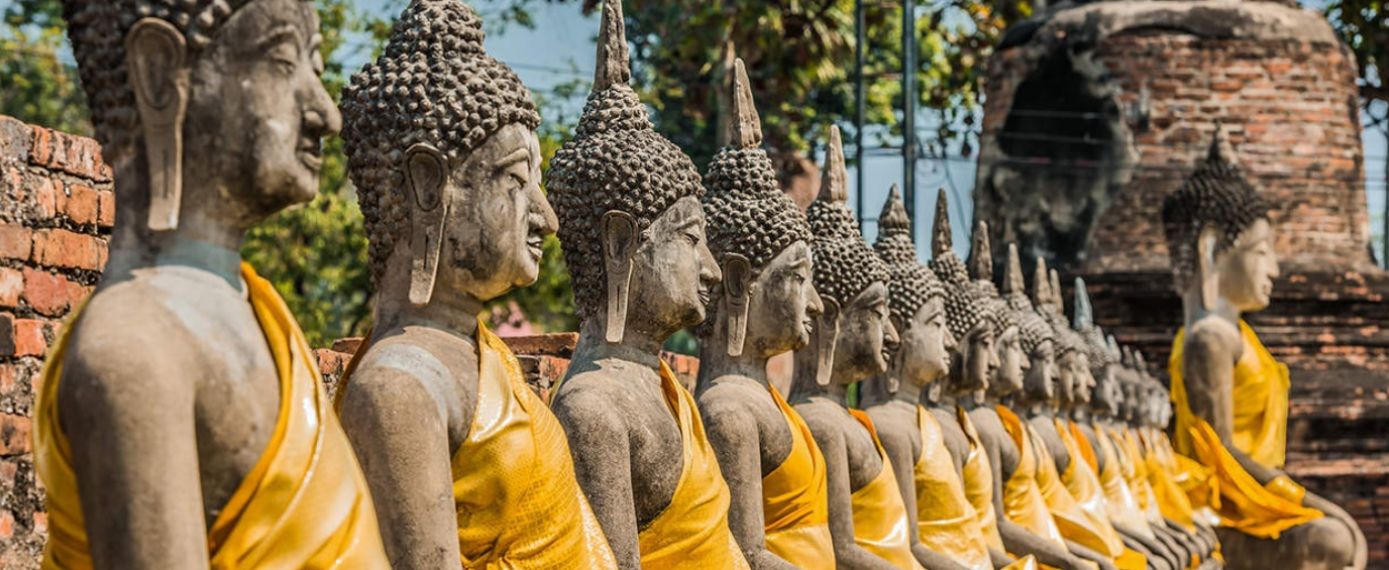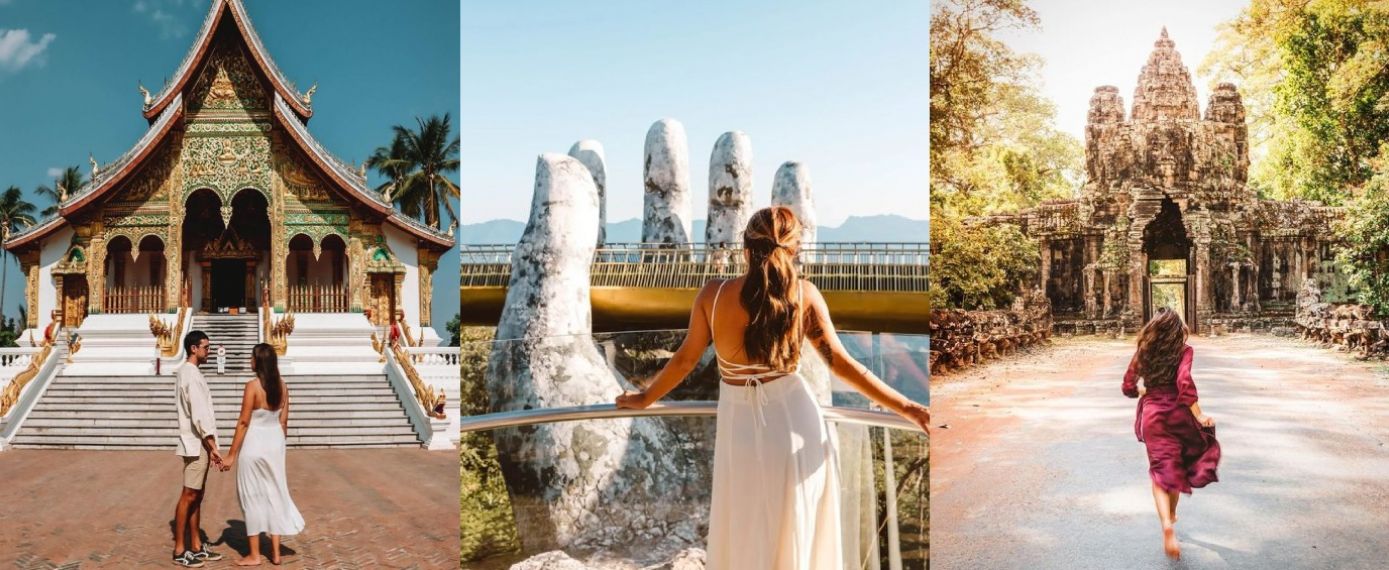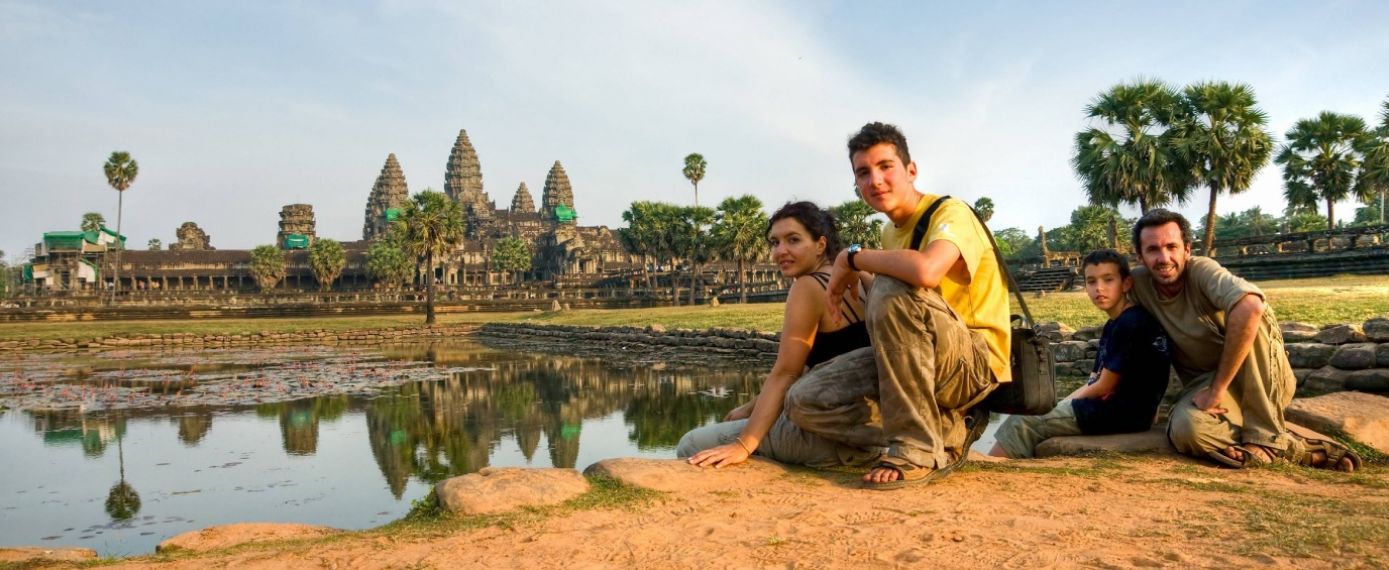
Embark on this 17-day vacation that we customize just for you to see Thailand, Laos, and Cambodia, and relish your amazing journey with all of the stunning landscape and fascinating historical sites in all three countries. Your journey will begin in Bangkok then to Chiang Mai, where you will explore the ancient cities. After that, make your way to Laos to start your trip to Kuang Si Waterfalls, where you can unwind, enjoy the gorgeous natural surroundings, and play in the waterfalls. Additionally, Siem Reap's Angkor Wat is not to be missed. With our thoughtful arrangements, you don't have to worry about any detail throughout the trip—just relax and enjoy your tour of Thailand, Laos, and Cambodia.
Embark on this 17-day vacation that we customize just for you to see Thailand, Laos, and Cambodia, and relish your amazing journey with all of the stunning landscape and fascinating historical sites in all three countries. Your journey will begin in Bangkok then to Chiang Mai, where you will explore the ancient cities. After that, make your way to Laos to start your trip to Kuang Si Waterfalls, where you can unwind, enjoy the gorgeous natural surroundings, and play in the waterfalls. Additionally, Siem Reap's Angkor Wat is not to be missed. With our thoughtful arrangements, you don't have to worry about any detail throughout the trip—just relax and enjoy your tour of Thailand, Laos, and Cambodia.
Highlights of this Tour
Our tour includes
Stay at
Hotel(16 nights)
Read more...Transfers
Travel by private & shared vehicle with driver according to daily schedule
Read more...Local Team
Private guides, drivers, your own travel expert
Read more...Meals
Daily scheduled meals including breakfast at hotel and lunch at local restaurant
Read more...Activities
21 Interesting Experiences
Read more...Services
In-tour offerings including entrance fees, boat trips, in-tour flights...
Read more...Stay at
Hotel(16 nights)
Read more...Transfers
Travel by private & shared vehicle with driver according to daily schedule
Read more...Local Team
Private guides, drivers, your own travel expert
Read more...Meals
Daily scheduled meals including breakfast at hotel and lunch at local restaurant
Read more...Activities
21 Interesting Experiences
Read more...Services
In-tour offerings including entrance fees, boat trips, in-tour flights...
Read more...Trip Overview
Exclusive Discovery of Thailand Laos and Cambodia - 17 days

Bangkok
Chiang Rai
Chiang Mai
Luang Prabang
Vang Vieng
Vientiane
Phnom Penh
Siem Reap

With over 15 years of experience, our team will help you choose the perfect for your adventure.

Authentic

Flexible

Persionalized

24/7 Support


Destinations of this tour
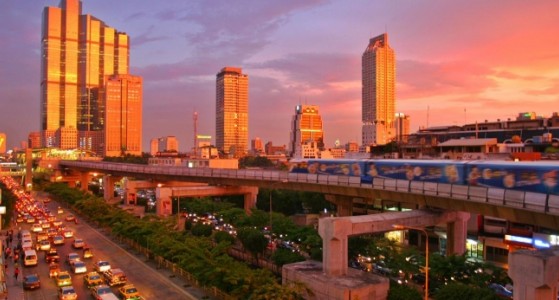
Buzzing, humid and energetic, Bangkok is the city where magnificent temples, historic markets, skyscrapers and rooftop bars create an intoxicating vibe that's hard to resist. The city is a mesmerizing blend of old and new, East and West, and dizzying contradictions. Historical sites next to vibrant nightlife areas, bustling markets near modern shopping malls, and street food vendors close to world-class restaurants. Hence, the city is still fascinating for its traditional culture. Saffron-robed monks weave among the morning rush hour to collect alms; communities dwell in stilt houses by the Chao Phraya River, eking out a living using centuries-old skills. A city tour in Bangkok often begins in Rattanakosin, drawn by the Grand Palace and Wat Pho. It's here the Chao Phraya River separates the city proper from its old capital Thonburi, a spot where quitet, narrow canals and floating markets illustrate why Bangkok was once called 'Venice of the East'. East of the canals is modern Bangkok, a hive of activity with countless businesses, markets and shopping malls handily connect by the BTS Skytrain. As a city that feels alive day and night, Bangkok is the destination for all, from foodies, shopaholics, culture seekers, history lovers, urban explorers, even party animals. That makes the well-known Southeast Asian gateway one of the world's most visited cities.
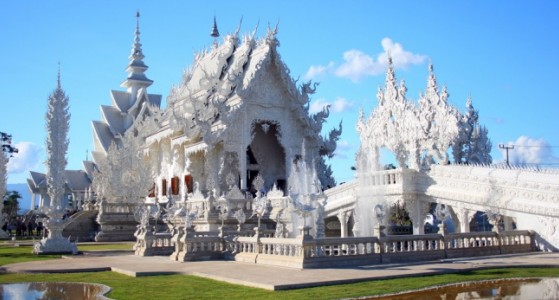
Chiang Rai is a mountainous region in northern Thailand, bordering Laos and Myanmar. It is also a part of the Golden Triangle where Thailand, Laos, and Myanmar meet at the Mekong River and serves as an excellent base to explore the region. Like any famous Thai city, Chiang Rai abounds with temples which are part of the day to day life of its inhabitants. Most well-known among them are White and Blue Temples. The former is the most popular landmark in Chiang Rai for its uniquely designed structure representing life, death, and rebirth — important parts of the Buddhist cycle of life. The latter painted entirely in blue color symbolizing serenity and wisdom, something you don't see every day in a temple, is home to Buddhist-style patterns and illustrations of Buddha's life cycle, depicting hell and heaven. Surrounded by stunning mountain ranges and thick rainforest, Chiang Rai is a great base for visiting hill tribes and scenic mountain trekking. There’s a range of diverse options from short treks, visits to a waterfall or a viewpoint, as well as a visit to a traditional hill tribe community still living among the jungle-covered mountains to gain an insight into their way of life.
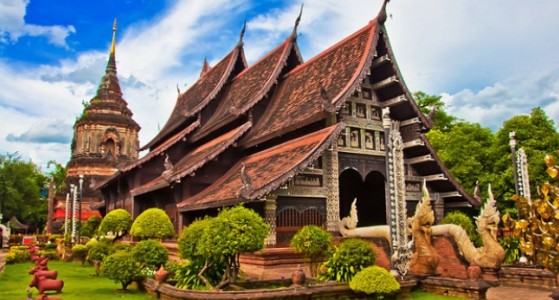
Fame as 'the rose of the North', Chiang Mai is an alluring city brimming with glittering temples, lush jungle, delicious streetfood and the bustle of lively markets. As the gateway to the mountains in northern Thailand, Chiang Mai has grown far beyond the medieval city walls that once marked it as the ancient capital of Lanna Kingdom. Nevertheless, its temple-lined backstreets still conjure up the glory of the old empire and it is still possible to get a feel for Chiang Mai's Thai culture and traditions. Ancient shrines and traditional wooden houses jostle for space with boutique hotels, stylish restaurants and trendy bars of this northern town as well as its welcoming customs and laidback pace of life leads to a rising footfall of enthusiastic tourists with each year. Home to a vast number of national parks, lush tropical jungles, hidden waterfalls, stunning rivers, and animal sanctuaries, Chiang Mai is an unmissable stop-off point for many outdoor adventure-seeking travellers. From trekking to the villages of Thailand's hill tribes to other adrenaline activities including mountain biking, white-water rafting, rock climbing expeditions and zip-lining through the rainforest canopy that makes Chiang Mai a perfect getaway.
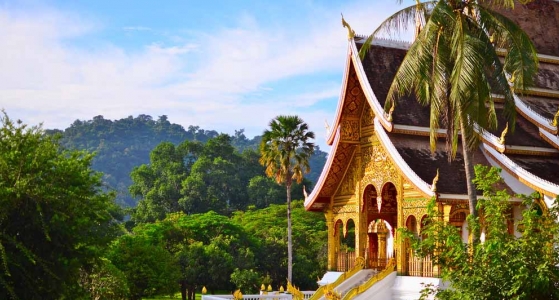
Luang Prabang is a small but vibrant town in the heart of northern Laos. It is adorably picturesque with glittering temples, a mix of traditional Lao wooden houses and hints of European architecture, colorful markets and quaint streets famous for the daily sunrise alms giving ritual where food is offered to the monks. Luang Prabang’s picture postcard image includes French-style cafés, bakeries, restaurants and former French villas with green shutters, the town is a fascinating legacy to when Laos was part of French Indochina. This town is one of the most favorite destinations in Laos, this place has a lot to offer, from dozens of temples, stunning waterfalls, French colonial architecture, bustling night markets to river cruises. On the outskirts are vibrant rice fields and traditional local villages. Luang Prabang was declared a UNESCO World Heritage Site in 1995, and it is also the birthplace of numerous Laotian rituals.
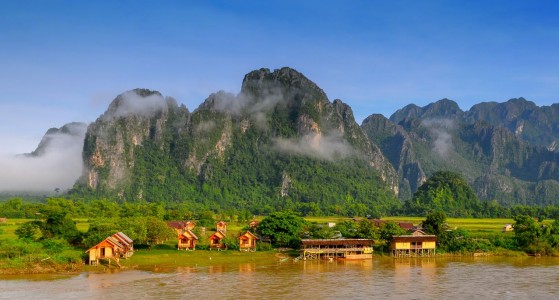
Vang Vieng, in central Laos, is midway between Vientiane and Luang Prabang. The small town is located in a truly beautiful area, surrounded by limestone karsts and rice fields, a river, and some nearby caves. What was once a party town, is now the adventure capital of Laos. From rock climbing to kayaking, hiking and mountain biking, as well as the blue lagoons, this is a town with tons to offer the adventure-seeking travelers. Vang Vieng is home to some of the most scenic motorbike routes in Asia which is one of the best ways to see all the sights. Rent a motorbike and drive the loop snaking past blue lagoons 1, 2 and 3, through local villages, past rice fields and stunning scenery, as well as many photo viewpoints. The road is tarmacked until it becomes a dirt track. The best time to visit Vang Vieng is between October to February, when the weather is not hot, and the humidity is manageable. The Nam Song River, lakes and small waterfalls will be in full flow after the rainfall.
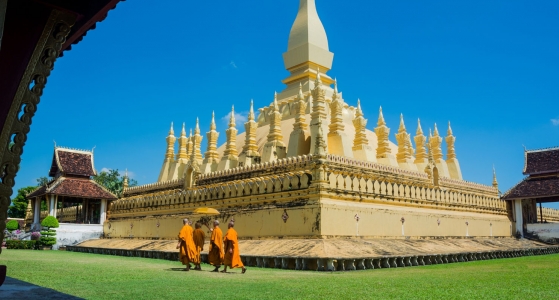
Vientiane is one of the most laid-back capital cities in Southeast Asia. Unlike the bustling streets and concrete jungles of other capital cities like Bangkok and Hanoi, Vientiane feels more like a small quiet town than a capital city. Since it appears relatively untouched by modernisation, with distinctly low-rise architecture and modest urbanization, numerous tree-lined boulevards, the city receives far fewer tourists than its neighboring counterparts. Situated in the bend of the Mekong River, close to the Thai border, Vientiane was virtually destroyed by the Siamese army in the 1820s after an unsuccessful rebellion. When Laos was incorporated into French Indochina (the Indochinese Union) in 1893, the French colonists redesigned Vientiane; hence the French influences around every corner, such as with tree-lined streets, wide boulevards and quaint cafes ideal for people watching. Despite the city having less famous sights to see, Vientiane is best appreciated for its laidback atmosphere, French colonial architecture and smattering of revered Buddhist temples.
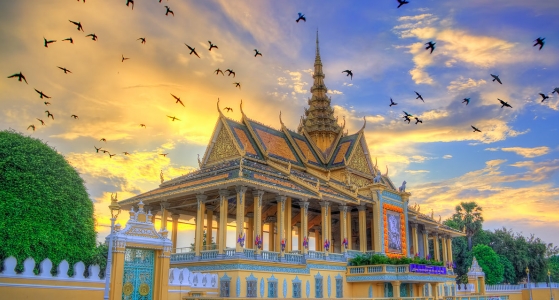
Phnom Penh is the most populous city in Cambodia and supposed to the most beautiful French built city in Asia. Abandoned during the Khmer Rouge period and with very little development until the 21st century, Phnom Penh has avoided the mass modern high rise development of other cities in the same area. The city maintains a unique vibrancy and provides a fascinating contrast between old and new. For many visitors, Phnom Penh is a transit stop before hopping on to Siem Reap, nevertheless, there are plenty of reasons to linger in the city. From the historical significant sites to understand what happened in Cambodia during the Khmer Rouge and Pol Pot years to the astounding temples and palaces to explore the classic Khmer architecture that make Phnom Penh an excellent location to spend a few days before heading into other parts of the country. Aside from sightseeing, Phnom Penh has a range of options for nightlife options and restaurants, including some great rooftop bars. There are a plethora of street stalls where you can fill up on noodle dishes, filled baguettes and fruit shakes. The bustling riverfront and Sisowath Quay are lined with cafés, restaurants and bars serving cuisine from all over the world. Boeung Keng Kang is also packed with swish cafes, restaurants and bars. The restaurants are reasonably priced, and many visitors end up lingering in Phnom Penh for the restaurant scene.
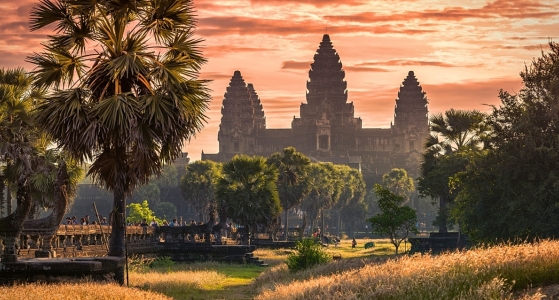
Siem Reap is the gateway to Cambodia’s vast and spectacular temples of Angkor undoubtedly one of the world's greatest archaeological sites. Constructed between the 9th and 15th centuries, these magnificent temples were once the grounds for the Khmer Empire’s capitals. The Angkor Archaeological Park covers around 400 sq km, and the largest, most well-known temple is Angkor Wat. The mysterious architectural techniques used to construct these temples still amaze the world today. Apart from the temples, one can take a Vespa ride and weave through the streets with a local guide on a street food tour. Head into the countryside for a cooking class, cycle or even ride a quad bike along the backroads, passing villages, paddy fields and taking in a more peaceful side to the city. Further afield is Southeast Asia’s largest freshwater lake - the Tonlé Sap. Cruise past the villages of stilt houses rising from the lake, such as Kampong Phluk town that soars above the water in the dry season and sits on top of the water in the rainy season. Welcoming 2.6 m tourists annually, Siem Reap is one of the biggest tourism hubs in Southeast Asia. From exploring ancient temples and floating villages to indulging in exquisite Khmer cuisine and relaxing in luxurious resorts, the town promises an unforgettable experience that blends cultural immersion with modern comforts.
OTHER TOURS YOU MAY LIKE
How much mind-blowing can one fit into a 10-day vacation? Well this Amazing Thailand & Malaysia tour will tell you. As we travel across Malaysia and Thailand, our hot new adventure packs authentic experiences and joyful moments. From strolling around iconic landmarks of Bangkok and Kuala Lumpur to exploring the remote lush jungles and hilltribes of northern Thailand, this trip is for those who want to find the ideal mix between action, adventure and chill. In a nutshell, landscapes and cities collide. Will you join us to experience various sides of Southeast Asia like never before?
Only From $1720/person
All Inclusive ServiceThis Tour
The three neighboring countries - Vietnam, Cambodia, and Laos - share common land boundaries and one of the greatest rivers in the world, the Mekong running through. It makes sense to incorporate trips to all these amazing countries into your wish list while you're in this beautiful region of the world. We are here to introduce to you our 18-day itinerary for seeing the best of Laos, Cambodia, and Vietnam. Starting from Hanoi on through spectacular Halong Bay, Hoi An, and fascinating Mekong Delta, to Cambodia, home to the magnificent Angkor temples, you’ll finish this trip in the enchanting Luang Prabang and the vibrant Vientiane in Laos. Get the best experiences in the historical and cultural destinations of Southeast Asia with this all-encompassing tour plan.
Only From $2988/person
All Inclusive ServiceThis Tour
A well-curated itinerary for all family members that traverses across five countries of Southeast Asia, including Singapore, Cambodia, Vietnam, Laos, and Thailand. While parents can unwind on the pristine beaches of Phuket, enjoy tranquil riverside stays in the Mekong Delta, and soak in the serene charm of Luang Prabang, children would love adorable elephant encounters in Chiang Mai and Siem Reap, vibrant floating markets in Bangkok, and the irresistible street food of Hanoi. This 28-day fun-filled adventure brings the wonders of Southeast Asia to life for the whole family.
Only From $6944/person
All Inclusive ServiceThis Tour

Customize this tour with us!


Adventure Travel Trade Association


American Society of Travel Agents

Family Travel Association


TripAdvisor


The guardian


World Travel Awards
ABOUT US
Why Us Trusted Travel Company What Makes Us Different Meet Our Team Southeast Asia Travel Guide Southeast Asia Tour Highlights Pre-departures Deposit & Payment Cancellation Policy Terms and Conditions Contact UsOur Destinations
Vietnam Tours Cambodia Tours Thailand Tours Indonesia Tours Malaysia Tours Philippines Tours Laos Tours Singapore Tours Myanmar ToursMulti-country
Vietnam Cambodia Tours Vietnam Cambodia Laos Tours Vietnam Thailand Tours Vietnam Cambodia Thailand Tours Thailand Malaysia Tours Thailand Malaysia Indonesia Tours Indonesia Thailand Tours Indonesia Malaysia Vietnam Tours Southeast Asia Tours 26 - 30 Days Southeast Asia Tours 18 - 26 Days Southeast Asia Tours 12 - 18 DaysTravel Themes
Best Southeast Asia Tours Southeast Asia Heritage & Culture Tours Southeast Asia Nature & Wildlife Tours Southeast Asia Family Tours Southeast Asia Honeymoon Tours Southeast Asia Adventure & Outdoor Tours Southeast Asia Beach & Island Tours Southeast Asia Cruise Tours Southeast Asia Tours 8 - 12 Days Southeast Asia Tours < 8 DaysSOUTHEAST ASIA TRAVEL COMPANY LIMITED
As local Southeast Asia Tour experts with over 15 years of experience, Southeast Asia Travel company has built a solid reputation as experts in designing custom tours across Southeast Asia including Vietnam, Laos, Cambodia, Thailand, Singapore, Malaysia, Indonesia, Myanmar, Philippines... Every Southeast Asia tour we offer is exclusively private, ensuring flexibility to suit individual preferences.
Read more
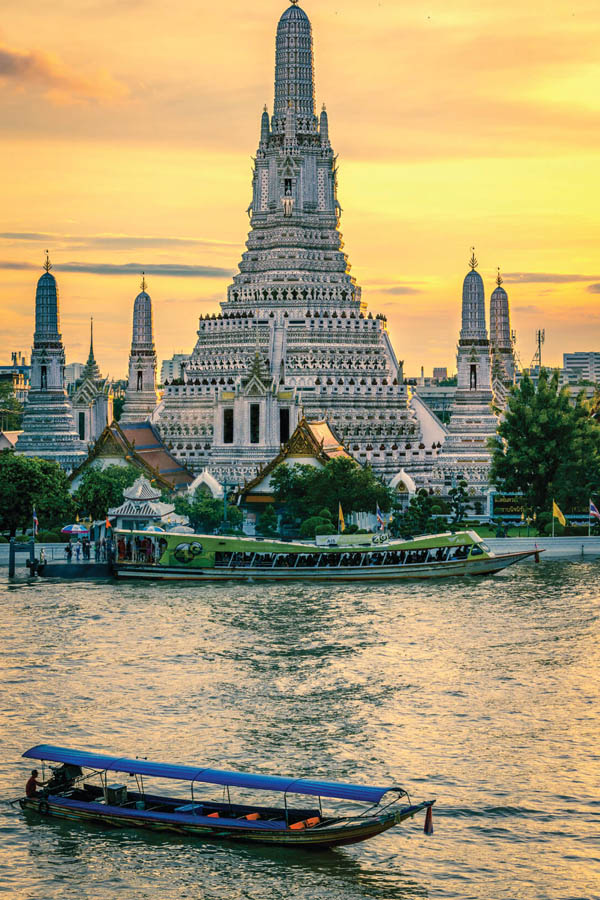
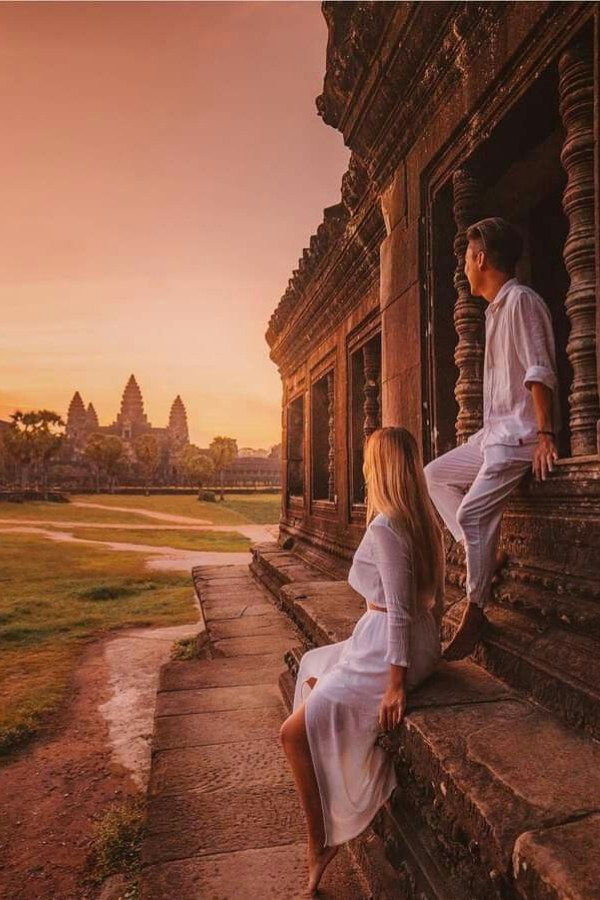
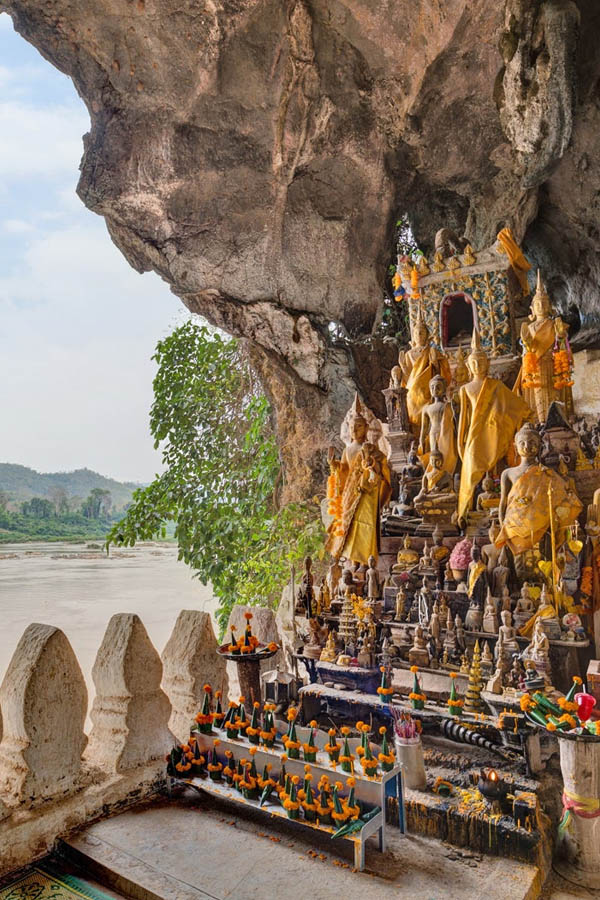
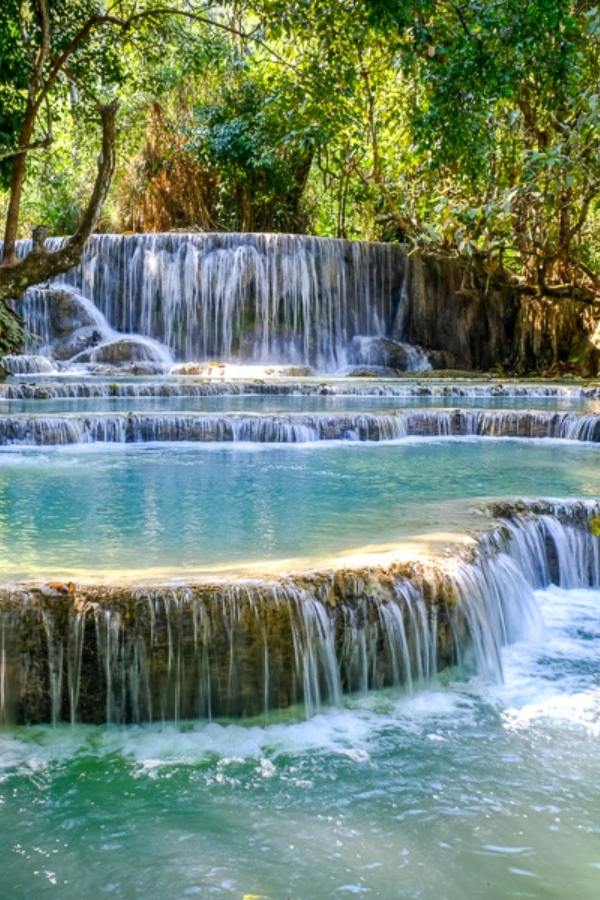
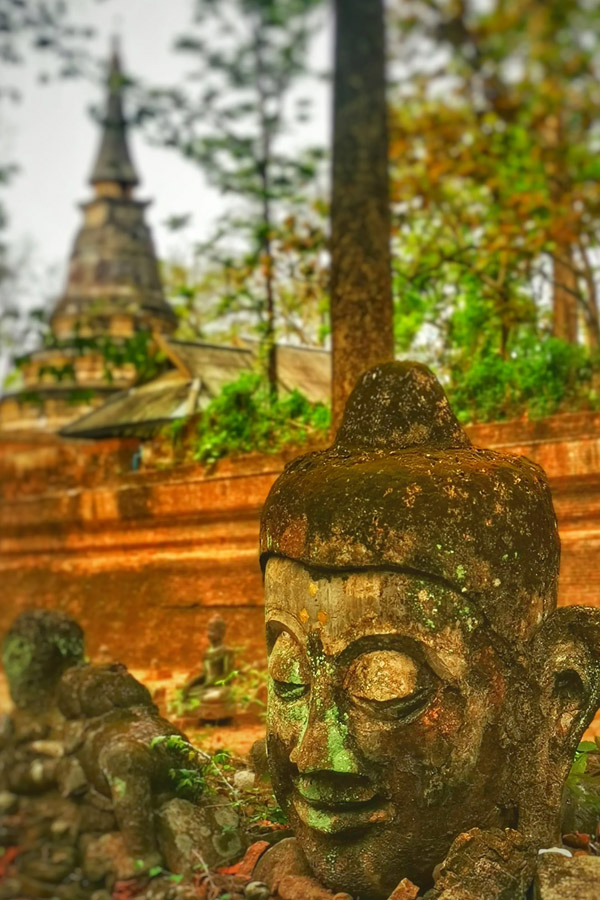
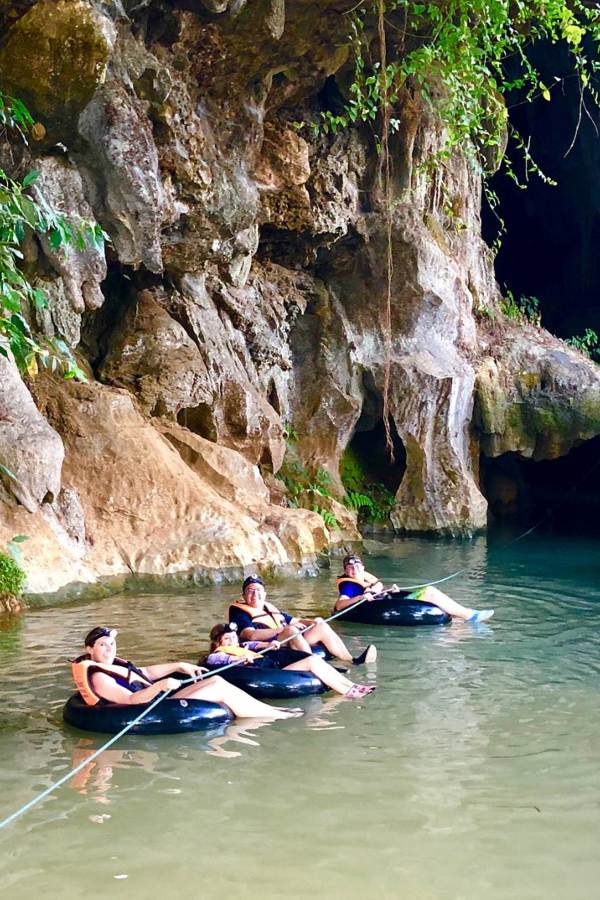
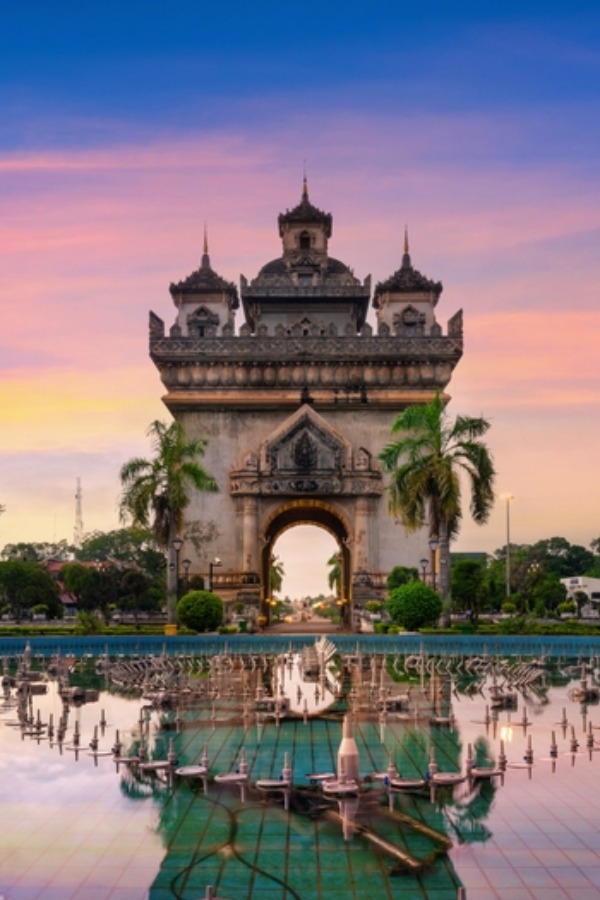
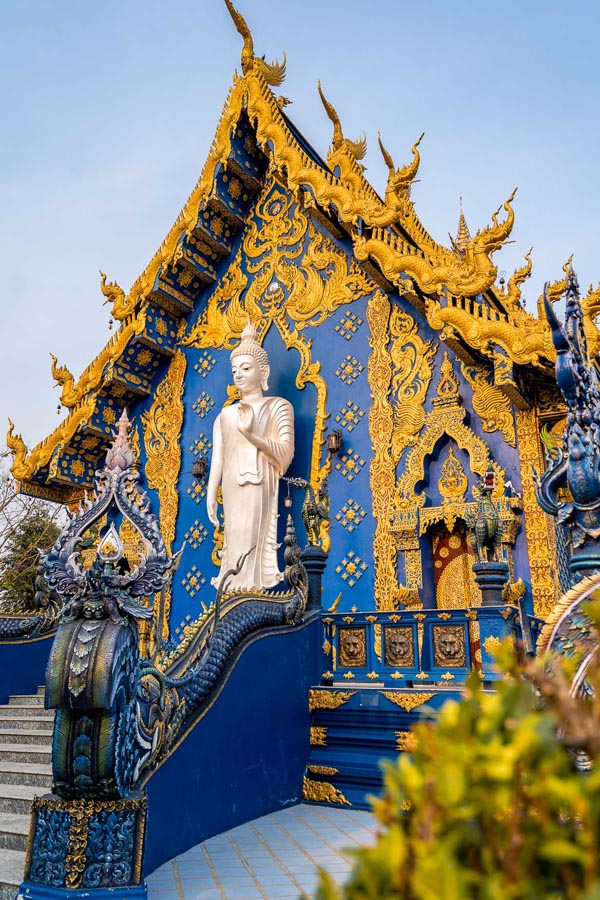
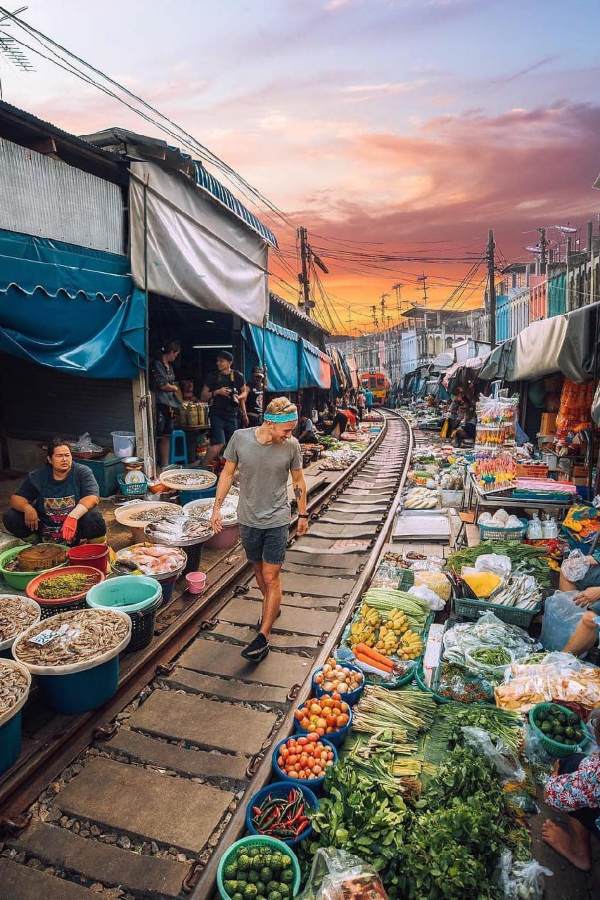
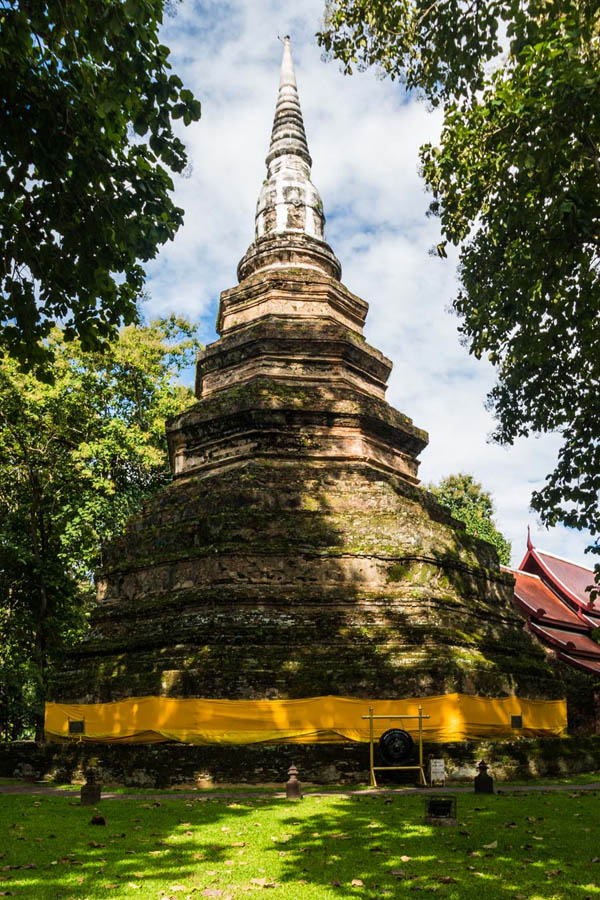
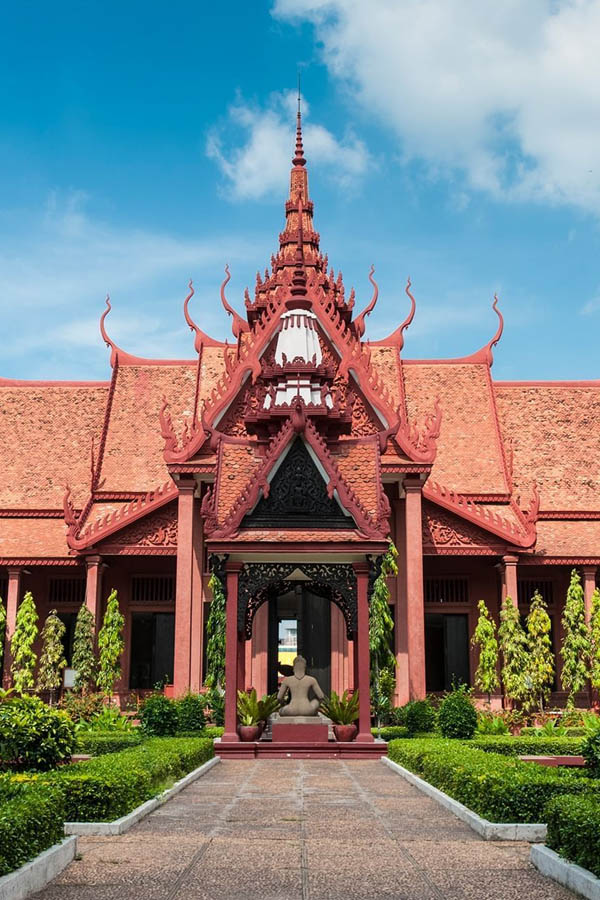
-1714059094.jpg)
